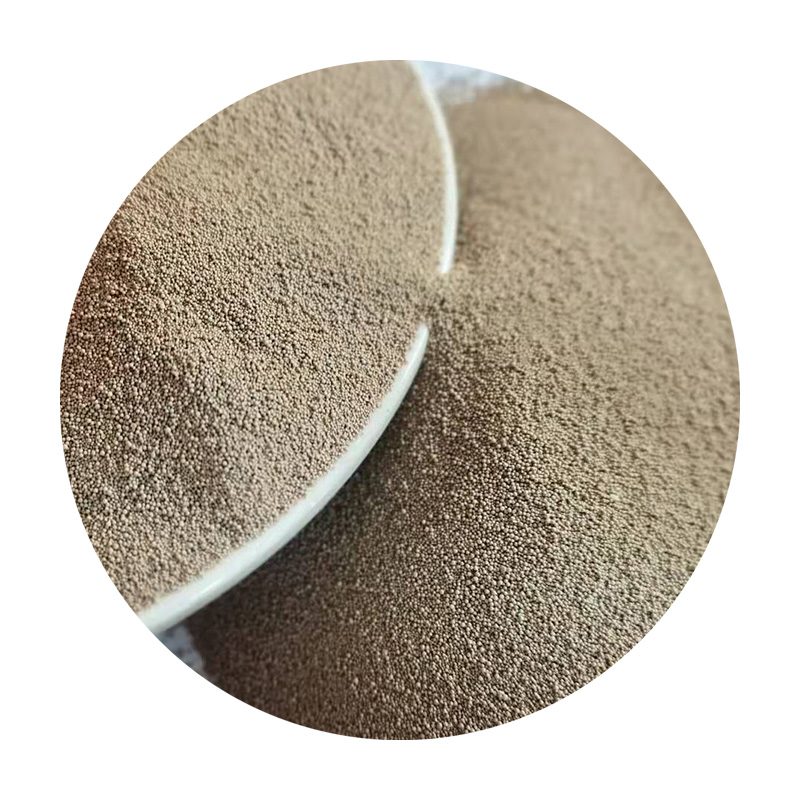Lost Foam Casting Applications and Advantages
Lost foam casting (LFC) is an innovative and efficient process that has gained traction in various industries for producing complex metal parts. This manufacturing method combines the advantages of traditional sand casting with modern technology to create high-quality components with precise dimensions and excellent surface finishes. This article explores the applications and benefits of lost foam casting.
Understanding Lost Foam Casting
Lost foam casting is a type of evaporative pattern casting. It involves creating a foam pattern from a polystyrene material that is coated with a ceramic shell. The foam pattern is then placed in a sand mold and liquid metal is poured over it. As the molten metal enters the mold, the foam pattern evaporates, leaving behind a cavity that takes the shape of the desired part. This technique eliminates the need for traditional and often cumbersome metal molds, allowing for greater design flexibility and reduced production costs.
Applications of Lost Foam Casting
1. Automotive Industry One of the most significant applications of lost foam casting is in the automotive sector. Manufacturers utilize LFC to produce complex components such as engine blocks, cylinder heads, and even intricate transmission parts. The ability to create lightweight yet strong components helps to improve fuel efficiency and overall vehicle performance.
2. Aerospace Industry The aerospace industry requires precision-engineered components that can withstand extreme conditions. Lost foam casting is used to produce turbine housings, exhaust parts, and other critical components that need to be both lightweight and robust. The accuracy and surface finish achievable with LFC are vital for meeting the stringent aerospace standards.
3. Marine Applications In the maritime sector, lost foam casting is employed to manufacture parts like propellers, engine mounts, and other components that require high corrosion resistance and strength. The ability to create complex geometries means that manufacturers can optimize designs for better performance in harsh marine environments.
4. Industrial Equipment Many manufacturing sectors benefit from lost foam casting for the production of industrial machinery components. The process allows for the creation of custom parts that enhance the efficiency of equipment, reducing downtime and maintenance costs.
lost foam casting applications

5. Art and Sculpture Beyond industrial applications, lost foam casting has found a niche in the art world. Sculptors appreciate the ability to create detailed and intricate designs using foam patterns, which can easily be shaped and modified. The resulting metal sculptures possess a unique aesthetic appeal, often showcased in galleries and public spaces.
Advantages of Lost Foam Casting
- Design Flexibility LFC allows for the creation of highly complex geometries that may be challenging or impossible to achieve with traditional casting methods. This capability opens up new avenues for product innovation.
- Cost-Effectiveness By eliminating the need for metal molds, lost foam casting reduces upfront costs and lead times. The process also minimizes material waste, as the foam is fully replaced by metal, making it an environmentally friendly option.
- High Precision and Quality The process ensures high dimensional accuracy and improved surface finish, reducing the need for extensive post-processing. This characteristic is particularly important for industries where precision is critical.
- Weight Reduction The ability to produce lightweight components without sacrificing strength is a significant advantage in applications like automotive and aerospace manufacturing, where every gram matters for efficiency and performance.
Conclusion
Lost foam casting is a versatile and effective method for producing high-quality metal components across various industries. Its applications in automotive, aerospace, marine, and even artistic fields highlight its adaptability and importance in modern manufacturing. The advantages of design flexibility, cost savings, precision, and weight reduction make LFC a favored choice for manufacturers aiming to innovate and excel in a competitive marketplace. As technology continues to advance, the adoption of lost foam casting is likely to expand, driving further advances in manufacturing techniques and applications.
Post time:ታኅሣ . 25, 2024 04:25
Next:Foundry Sand Solutions for Enhanced Casting Quality and Efficiency
